This week, I moved on to something new – fingerpicking! While I still have lots to learn while strumming chords, I found myself hitting a rut where I was no longer motivated to learn the ukulele. By picking up something new, I feel more refreshed and ready to continue learning. For the rest of the semester, I will be alternating what I learn each week to try to prevent feeling bored and unmotivated.
Holding the ukulele when fingerpicking is different from holding the ukulele while strumming. When strumming, you want your thumb to strum over the bottom of the fretboard. However, when fingerpicking, you definitely want to avoid coming close to the fretboard with the picking hand! When finger picking, one wants to pick over the sound hole. Also, it is important that one anchors their pinky on the base of the ukulele, down and below the sound hole. This will prevent the fingers from lifting too much, making it easier to fingerpick.
This week I learned the Travis Pattern where you use your thumb to strum down on the top two strings, your index finger for the third string, and your middle finger for the bottom string. The pattern is Thumb (second string), Index (third string), Thumb (top string), and Middle (bottom string).
Here is a video of me fingerpicking with no chords: Fingerpicking No Chords
Here is a video of me fingerpicking with chords: Fingerpicking with Chords
As you can see in the videos, I planted my pinky finger down and plucked over the sound hole.
To learn this week, I found a really good video! It is a bit on the longer side (around 18 minutes), so I was not really sure about it, but it flew by really fast. He explains concepts really well, so I followed along with the video easily. My one struggle was transitioning between chords while fingerpicking, but that was a struggle for me while strumming, too! It is something I will be able to practice throughout the coming weeks. Also, I will need to learn a few more chords. Overall, it was a great video that outlined that it is important to go slow when beginning, and continue to repeat until you understand! I would highly recommend using this video. It is the first in a series, so I will be using more videos from him in the future!
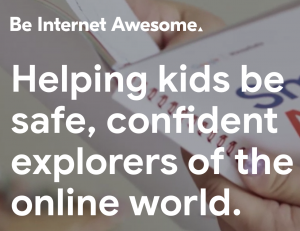



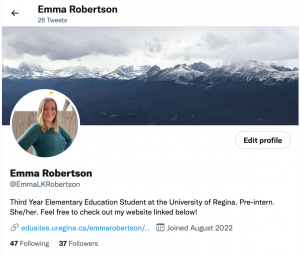
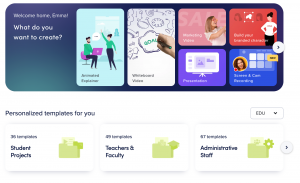

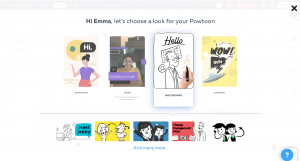



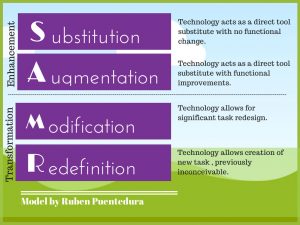
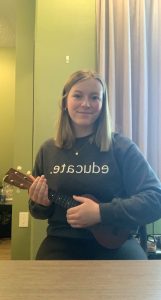
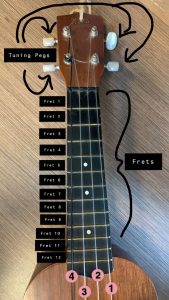


Recent Comments